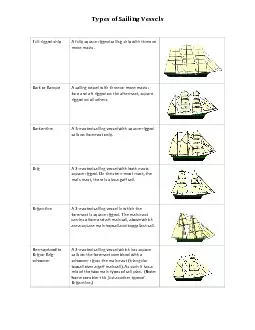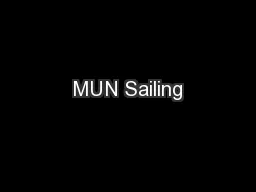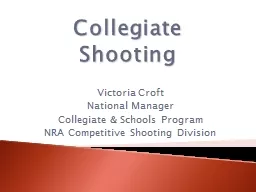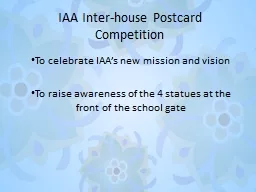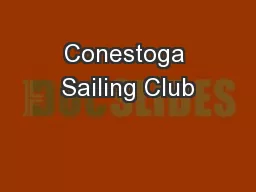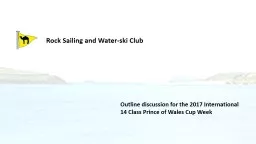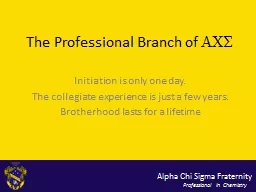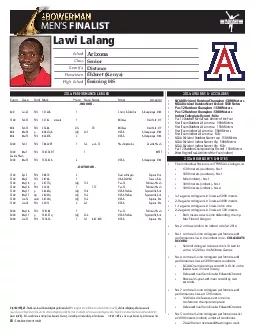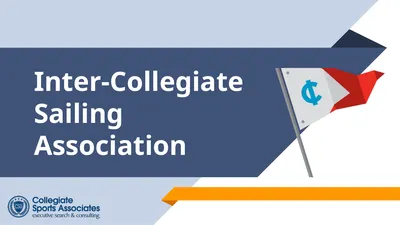PPT-Inter-Collegiate Sailing Association
Author : karlyn-bohler | Published Date : 2019-11-21
InterCollegiate Sailing Association Background on CSA CSA is a national executive search and consulting firm based in North Carolina CSA leaders have 90 years of
Presentation Embed Code
Download Presentation
Download Presentation The PPT/PDF document "Inter-Collegiate Sailing Association" is the property of its rightful owner. Permission is granted to download and print the materials on this website for personal, non-commercial use only, and to display it on your personal computer provided you do not modify the materials and that you retain all copyright notices contained in the materials. By downloading content from our website, you accept the terms of this agreement.
Inter-Collegiate Sailing Association: Transcript
Download Rules Of Document
"Inter-Collegiate Sailing Association"The content belongs to its owner. You may download and print it for personal use, without modification, and keep all copyright notices. By downloading, you agree to these terms.
Related Documents


